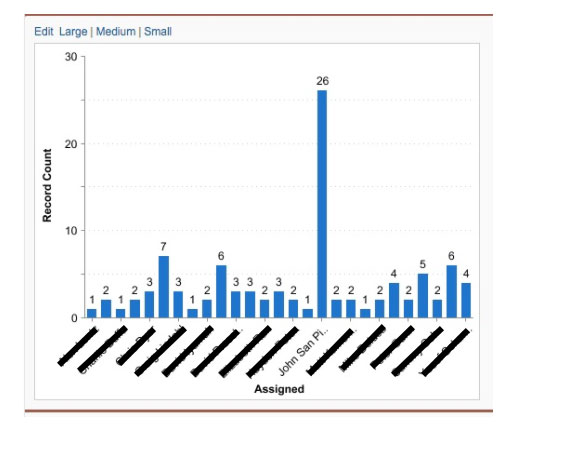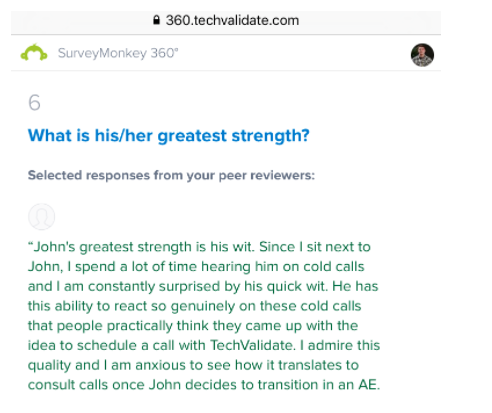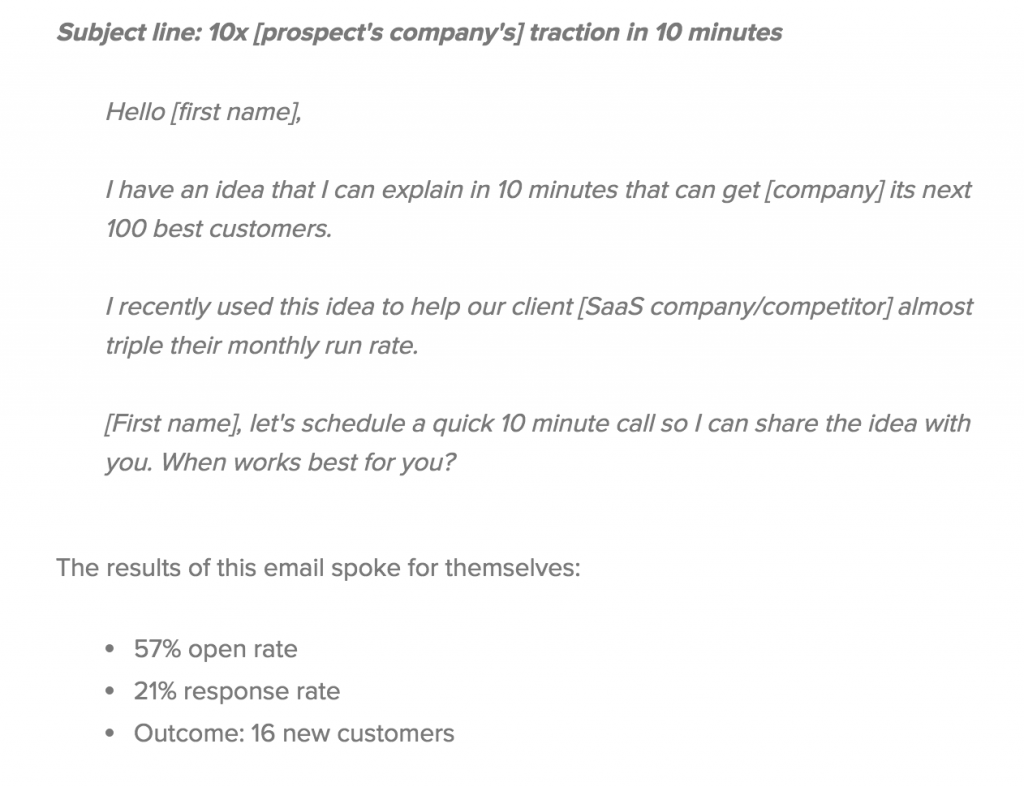Do you include bullet points or numbered lists in your sales prospecting emails?
It’s fine for drip marketing emails, which people subscribed or opted into, to include lists. It’s also fine to have a list in a sales email, once you’ve had a conversation with that sales prospect or opportunity.
(I regularly use bullet points in follow-up emails after sales demos, for example.)
However, bullet points or numbered lists don’t belong in cold emails, and will ALWAYS hurt your positive response rate.
(We’ve A/B tested this like crazy hundreds of times! 🤓 🧪 )
Why to NOT use bullet points in sales prospecting emails, and what to do INSTEAD:
I wanted to share another short video clip from my recent Cold Email Copywriting Workshop. (If you want to see the previous parts of this video, you can find them on the blog. Part 2 talks about “why cold emails need specificity,” and Part 1 covers why you need to be careful adding images to sales prospecting emails. )
It shows me reviewing a long cold email that has five bullet points, and explaining how to edit it down.
I have many hypotheses as to why bullets and other types of lists perform worse in cold emails. Here’s what I suspect:
- They’re often a distracting information overload. Instead of focusing on ONE COMPELLING BENEFIT, people list too many things, and dilute their value proposition. Readers get lost or bored, and often don’t finish reading and respond.
- They feel less personal. What uses a lot of bullets and numbered lists? Mass marketing emails! Therefore, emails have an aspect that triggers the human brain to think “mass marketing” versus “personal one-on-one” email.
- “Correlation vs causation:” 🤓 This is a fancy phrase often used in mathematics and economics to mean that “just because things are related and trend together, does not mean they cause each other.” I notice that many emails with lists are long, boring, and have too much jargon or features instead of compelling benefits. All these reasons also contribute to why people don’t often respond to these messages.
It also has some other great tips to help you self-edit your cold email copy to get more positive response rates.
If you found this video helpful, please share or comment on it on this blog post, or better yet, on the Youtube page, directly. You can also share it with your colleagues to help them improve their outbound sales prospecting efforts. 🐐
Don’t listen to WRONG sales advice from Bull$hit “sales experts”!
I’ve seen a lot of wrong cold email advice circling around on the internet on blogs and social media from self-proclaimed sales gurus and experts. I’m not saying that these people are evil and necessarily intentionally lying to you.
Maybe they’re just misinformed themselves, or have never run any scientific, statistically significant experiments to inform the advice they’re giving.
I’m not sure; I don’t know these people, and I don’t follow their content because I think it’s a waste of time.
But from time to time people will share their content with me, or ask me questions based on what they’ve heard from these “sales experts.” When I see clients or SaaS companies from my investment portfolio quoting wrong advice from these people, I will absolutely correct them. ❌ ❌❌ 🙄
Some of them are telling salespeople and tech founders to use bullet points in their outbound emails, but this is bad advice. 🙄
I’ve overseen millions of outbound emails sent in the last decade. As a former economist and a data nerd, I’m pretty obsessed with creating sound and valid data-driven experiments. 🤓 It’s hard to be perfect with your experiments in the real world and eliminate ALL variable bias, but you can at least be thoughtful of this and try your best.
I guarantee you that anyone telling you to “put bullet points or numbered lists” in your cold emails has not run these experiments correctly. 🙄
Stay skeptical about sales advice from any sales or “growth expert”! 🧐
Likewise, I encourage you to NEVER trust anyone who tells you to blindly copy-paste generic email templates they publicly publish online, as that’s setting yourself up for failure.
Lastly, don’t trust me! Run these experiments for yourself! 🐐
- Put together a list of 200-400 sales prospects within one buyer persona, and randomly divide it in half using a random variable.
- Create an A/B test and see what works better for your business, your audience, and what you’re selling. Whatever gets you more positive responses, and meetings with qualified leads, should inform your “winning strategy.”
- Re-run the experiment a few times to be sure, and try to understand WHY you’re getting the result you’re getting. But the numbers will always speak for themselves. (…And don’t STOP running experiments! Results change over time, as markets and audiences evolve.)







